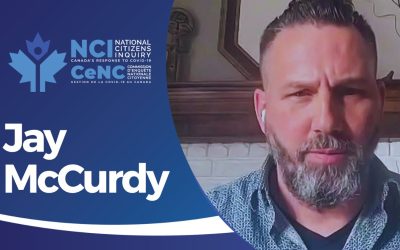
Reporting from Oakland – Not many schools in California recruit teachers with language like this: “We are looking for hard working people who believe in free market capitalism. . . . Multicultural specialists, ultra liberal zealots and college-tainted oppression liberators need not apply.”
That, it turns out, is just the beginning of the ways in which American Indian Public Charter and its two sibling schools spit in the eye of mainstream education. These small, no-frills, independent public schools in the hardscrabble flats of Oakland sometimes seem like creations of television’s “Colbert Report.” They mock liberal orthodoxy with such zeal that it can seem like a parody.
School administrators take pride in their record of frequently firing teachers they consider to be underperforming. Unions are embraced with the same warmth accorded “self-esteem experts, panhandlers, drug dealers and those snapping turtles who refuse to put forth their best effort,” to quote the school’s website.
Students, almost all poor, wear uniforms and are subject to disciplinary procedures redolent of military school. One local school district official was horrified to learn that a girl was forced to clean the boys’ restroom as punishment.
Conservatives, including columnist George Will, adore the American Indian schools, which they see as models of a “new paternalism” that could close the gap between the haves and have-nots in American education. Not surprisingly, many Bay Area liberals have a hard time embracing an educational philosophy that proudly proclaims that it “does not preach or subscribe to the demagoguery of tolerance.”
It would be easy to dismiss American Indian as one of the nuttier offshoots of the fast-growing charter school movement, which allows schools to receive public funding but operate outside of day-to-day district oversight. But the schools command attention for one very simple reason: By standard measures, they are among the very best in California.
The Academic Performance Index, the central measuring tool for California schools, rates schools on a scale from zero to 1,000, based on standardized test scores. The state target is an API of 800. The statewide average for middle and high schools is below 750. For schools with mostly low-income students, it is around 650.
The oldest of the American Indian schools, the middle school known simply as American Indian Public Charter School, has an API of 967. Its two siblings — American Indian Public Charter School II (also a middle school) and American Indian Public High School — are not far behind.
Among the thousands of public schools in California, only four middle schools and three high schools score higher. None of them serves mostly underprivileged children.
At American Indian, the largest ethnic group is Asian, followed by Latinos and African Americans. Some of the schools’ critics contend that high-scoring Asian Americans are driving the test scores, but blacks and Latinos do roughly as well — in fact, better on some tests.
That makes American Indian a rarity in American education, defying the axiom that poor black and Latino children will lag behind others in school.


